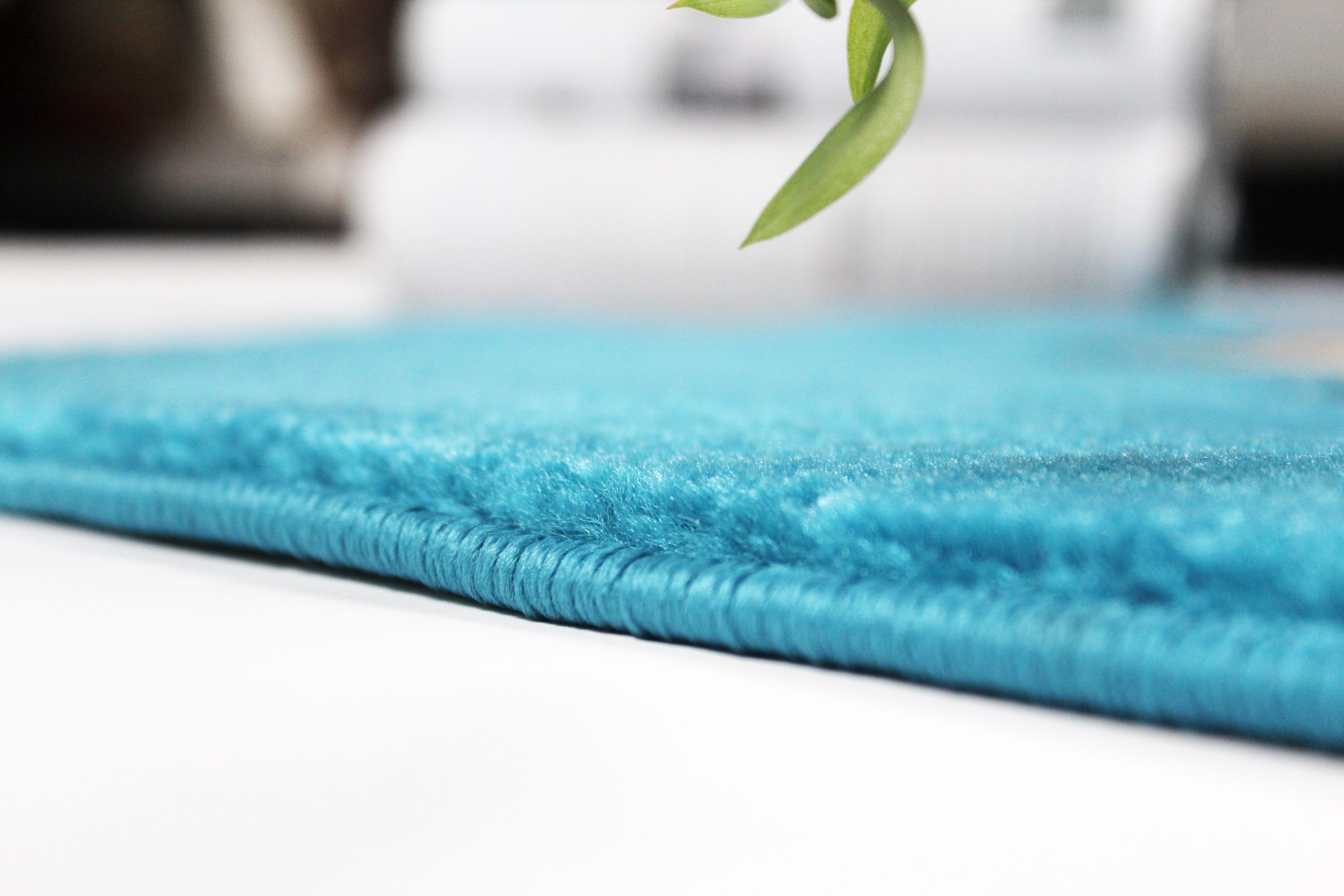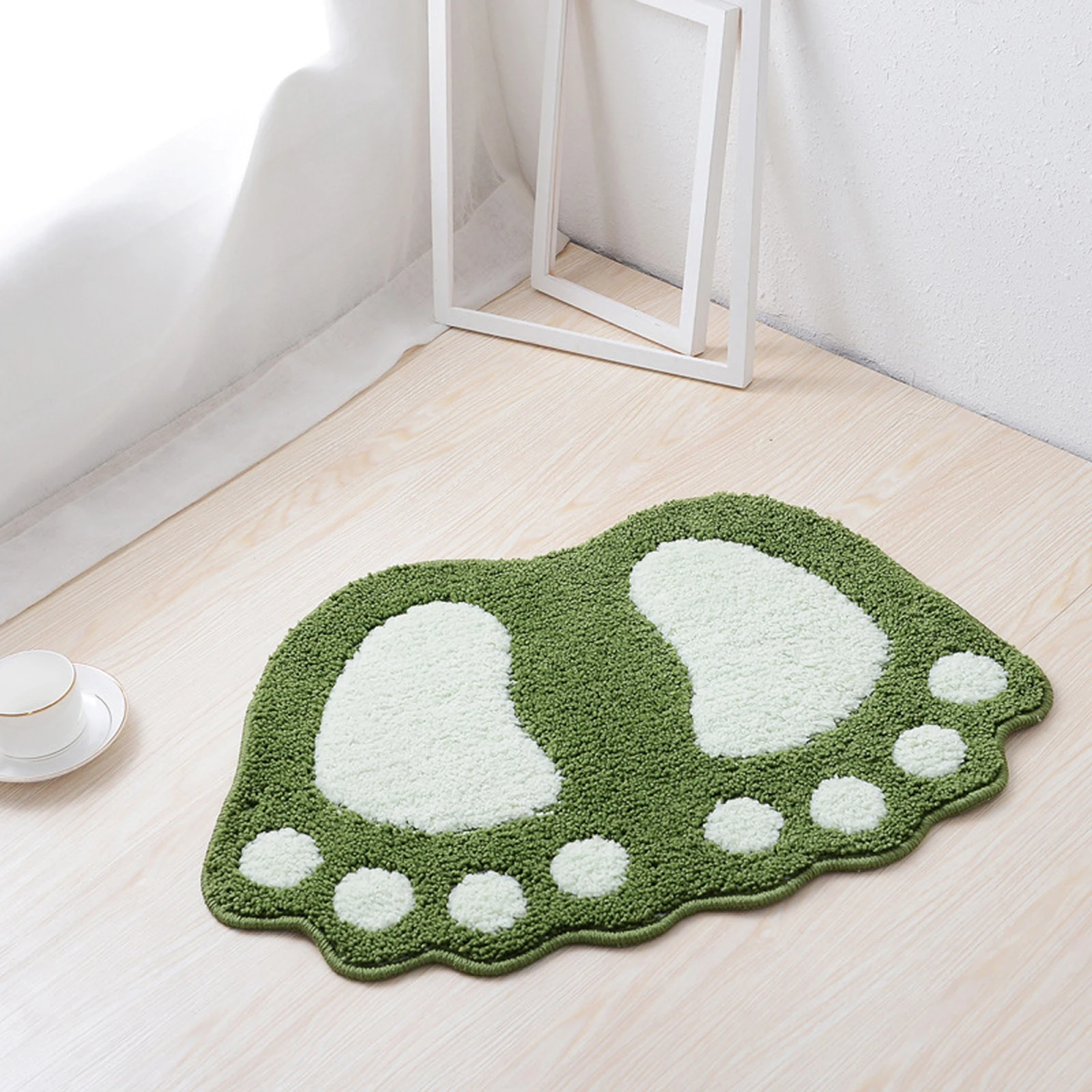How much should I spend for a rug?
When it comes to purchasing a rug, there are a few factors to consider in order to determine how much you should spend. Rugs come in a wide range of prices, and the cost can vary based on factors such as size, material, and craftsmanship. In this blog post, we will discuss the considerations for determining the appropriate budget for purchasing a rug.
- How much should I spend for a rug?
- What are the standard sizes for area rugs?
- What is the most durable material for area rugs?
- What is the best blanket material?
- Carpets are a form of floor covering that are typically made from woven fibers, such as wool, nylon, polyester, or polypropylene.
- Floor mats are designed to protect floors from wear.
- Yoga mats are essential for practicing yoga asanas
- Importance of using floor mats
- door mat indoor and outdoor
- Say goodbye to traditional sponges with gentle nylon scouring pad sponge
- The Benefits of a Stainless Steel Vacuum Flask
- Biking is a popular form of exercise
- Exploring the great outdoors and enjoying the beauty of nature through hiking
- How many foreigners live in Yiwu?
- How many Muslims are in Yiwu?
- what is yiwu known for?
- Where is The best wok manufactuering centers in China
- why is yiwu international trade city so famous in the world?
- why is yiwu city so famous in the world?
- How to import household sponge scouring pad?
- Yiwu International Trade City is the world’s largest wholesale market for small commodities
- Yiwu is known as the “World’s Small Commodities Capital”
- Yiwu International Trade City, also known as the Yiwu Market
- Introduction of Yiwu City
- Yiwu is a city in central Zhejiang province, China.
- Happy New Year 2024
- electric scooter and electric bike
- Yiwu International Trade City is the world’s largest small commodity wholesale market
- Where can I buy cartoon keychains?
- how to find manufacturers of stainless steel vacuum flask?
- how to buy drinkware?
- what’s canvas painting?
Size of the Rug:
One of the primary considerations when determining how much to spend on a rug is the size of the rug you need. Larger rugs generally come with a higher price tag due to the increased amount of materials and labor required to produce them. If you are looking to cover a large area in your home, such as a living room or dining room, you should expect to allocate a larger budget for a rug that will adequately fill the space.
Material and Quality:
The material of the rug is another important factor that influences its price. Rugs can be made from a variety of materials, including wool, silk, cotton, and synthetic fibers. Natural materials such as wool and silk tend to be more expensive due to their durability, luxurious feel, and intricate designs. Additionally, the quality of the rug, including factors such as knot count and weaving technique, can also impact the price. Higher quality rugs with finer craftsmanship will generally come with a higher price tag.
Purpose and Location:
Consider the purpose and location of the rug when determining your budget. A rug intended for high-traffic areas, such as hallways or entryways, may require a more durable and stain-resistant material, which can affect the cost. Similarly, if you are purchasing a rug for a formal living room or bedroom where comfort and aesthetics are key factors, you may want to invest in a higher-quality rug that complements the space.
Budget Considerations:
When setting a budget for a rug, it’s important to consider how the rug fits into your overall home decor budget. While it can be tempting to splurge on a statement rug, it’s essential to ensure that the cost aligns with your overall financial plan. Consider other home decor purchases and prioritize where a quality rug fits within your budget.
Additional Costs:
In addition to the upfront cost of purchasing a rug, it’s important to consider any additional costs that may arise. This can include expenses such as rug pads for added cushioning and grip, professional cleaning services, or maintenance costs for higher-end rugs. Factoring in these additional costs can help you make an informed decision about how much you should allocate for your rug purchase.
Ultimately, the amount you should spend on a rug will depend on your specific needs, preferences, and budget. By considering factors such as size, material, quality, purpose, and additional costs, you can make an informed decision about how much to invest in a rug that will enhance your home decor while aligning with your financial plan. Whether you’re looking for a budget-friendly option or a high-end investment piece, there are rugs available to suit every need and price point.
The amount you should spend on a rug depends on several factors, including the size of the rug, the room it will be placed in, your budget, the quality of the rug, and your personal preferences. Here are some considerations to help guide your decision:
1. **Room Size and Rug Size**: Larger rooms or rugs generally cost more. Consider the size of the space and the rug size that will fit aesthetically and functionally.
2. **Material**: Different materials vary widely in price. Wool, silk, and high-quality synthetic fibers like nylon tend to be more expensive than cotton, jute, or polyester.
3. **Quality and Craftsmanship**: Handmade rugs, especially those with intricate patterns and high knot counts, can be quite costly. Machine-made rugs are typically more affordable.
4. **Design and Pattern**: More elaborate designs or custom rugs will increase the price. Simpler styles are generally less expensive.
5. **Brand and Origin**: Rugs from certain brands or regions (such as Persian or Oriental rugs) may command higher prices due to reputation and perceived value.
6. **Durability and Use**: If you need a rug for a high-traffic area, you might want to invest in a more durable and potentially more expensive material to ensure longevity.
7. **Personal Style**: Your budget should also reflect how much you value the aesthetic appeal of the rug and its contribution to your home’s decor.
As a general guideline, here are some rough estimates based on average costs at the time of my knowledge cutoff in early 2023:
– **Inexpensive**: For small accent rugs or machine-made rugs, expect to spend anywhere from $50 to $500.
– **Moderate**: Mid-range, hand-tufted, or high-quality machine-made rugs may cost between $500 and $2,000.
– **Expensive**: High-end, hand-knotted rugs, particularly those with fine materials and intricate designs, can range from $2,000 to $10,000 or more.
Ultimately, it is important to balance your financial situation with your desires and the practicality of the rug. It is not necessary to overspend, but investing in a quality rug can enhance the comfort, style, and longevity of your living space.




